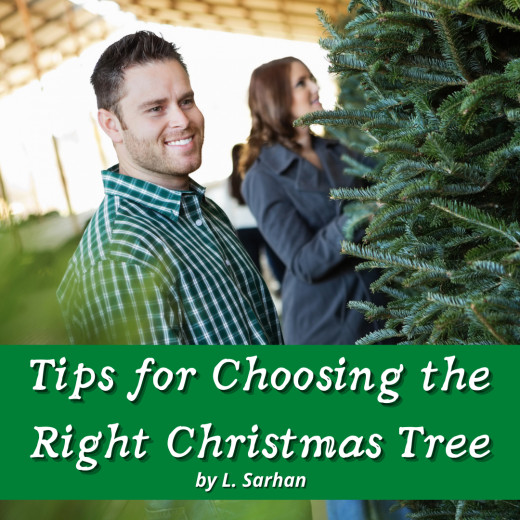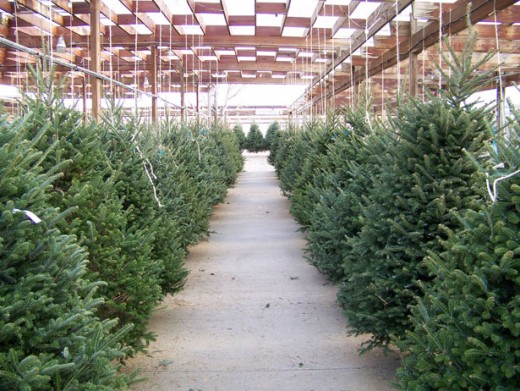Tips for Choosing a Live Christmas Tree

Knowing what to look for when choosing a live Christmas tree is essential for having a beautiful Christmas tree to last the entire holiday season. There is more to picking the perfect live Christmas tree than you think. Here are some things to consider when trying to narrow the field on buying or cutting down your next live Christmas tree.
Do you prefer live Christmas trees or artificial Christmas trees?
Types of Trees
Most Christmas trees are typically firs, long needle pines, or spruces. Knowing which tree will be perfect for your needs can be rather tricky. Some needles dry out faster than others. Hemlock is not a good choice because its needles began falling off shortly after it is cut. Spruce needles tend to dry out more quickly than pines.
Freshness
A truly fresh tree will not only look green and healthy but will have very few needles that have started to brown. Don't let first glance fool you either. Look at the underside of the branch to see if the browning of the needles is beginning.
Patting the branches is a way to check to see if any needles fall to the ground. You can also grab the branch and gently pull it toward you. This is to check to see if any needles easily come off the tree. If so, chances are the tree isn't fresh and won't last the holiday season.
Another way to check the freshness of your potential Christmas tree is to gently bend the tips. If the tip doesn't crack or break you generally have a fresh tree that may be worth taking home.
Something else to consider is the aroma. The stronger the aroma the fresher the tree is. If you have trouble smelling the tree initially, you can stoke the needles and then smell. It's kind of like scratch and sniff for Christmas trees. If you can smell the aroma, chances are the tree is fresh. The Canaan fir and the Frasier fir is a good tree with an amazing aroma.
Also, the weight of the tree is an important indicator. Since the trees are fifty percent water if the tree is lightweight you can bet it isn't a fresh tree.

Size
Looks can be deceiving. Although a tree may look small, in many cases it is bigger than you think. It is always a good idea to measure the space you plan to put your Christmas tree before going out to look for one. Having the height and width of the area will help to ensure that the tree you will be bringing home will fit in the space it is intended to go in.
The price of the tree depends on the size of the tree. Why would you want to spend all that money on a ten-foot tree when you only have room for a six-foot tree? Another thing to keep in mind that the stand generally adds another five to six inches to the height of your tree. Also, be sure the trunk will fit in your tree stand. When in doubt, you should always measure.
Shape
Be sure to look at your potential live Christmas tree from all angles. Look for things like broken limbs, holes, and dead spots. Some people actually don't mind certain holes or gaps in the branches. They believe it adds character to the tree. However, the choice is up to you.
Decorating
If you have ornaments that a bit of weight to them then the blue spruce is a good tree to bring home. The reason is that they have thick pointed needles that can withstand the heavier of ornaments. Another thing to consider when choosing a pine tree is the pine resin. The pine resin it excretes is very flammable. Therefore it is best to monitor how long you leave on the Christmas lights.
Timing
Unless it is a family tradition to wait closer to Christmas, you really don't have to. Regardless of where you choose to buy your next live Christmas tree, they were probably all cut around the same time. So if you want to buy that Christmas tree right after Thanksgiving, you can. You will at least know that it is being given plenty of water to make sure it stays fresh.
After you consider these simple tips, you will be better equipped to choosing the best live Christmas tree for your holiday season. You will be able to pick a tree and be confident it will last throughout the holiday season.
This content is accurate and true to the best of the author’s knowledge and is not meant to substitute for formal and individualized advice from a qualified professional.
© 2014 L. Sarhan








